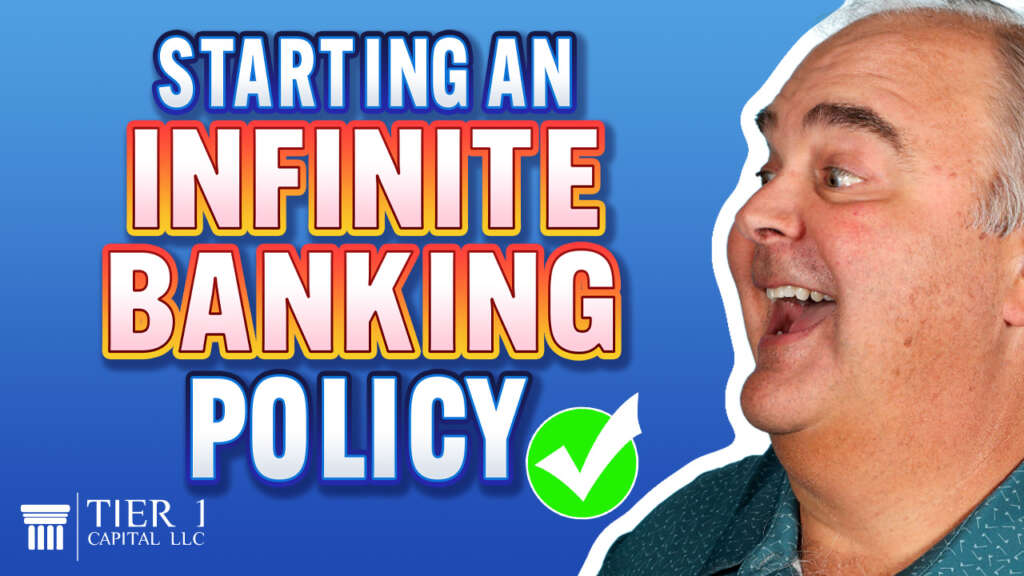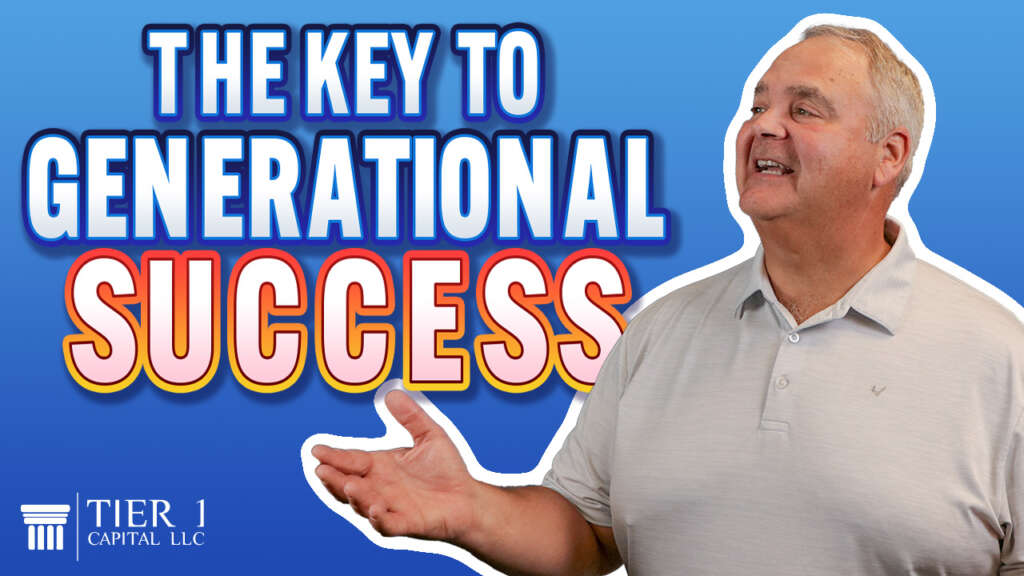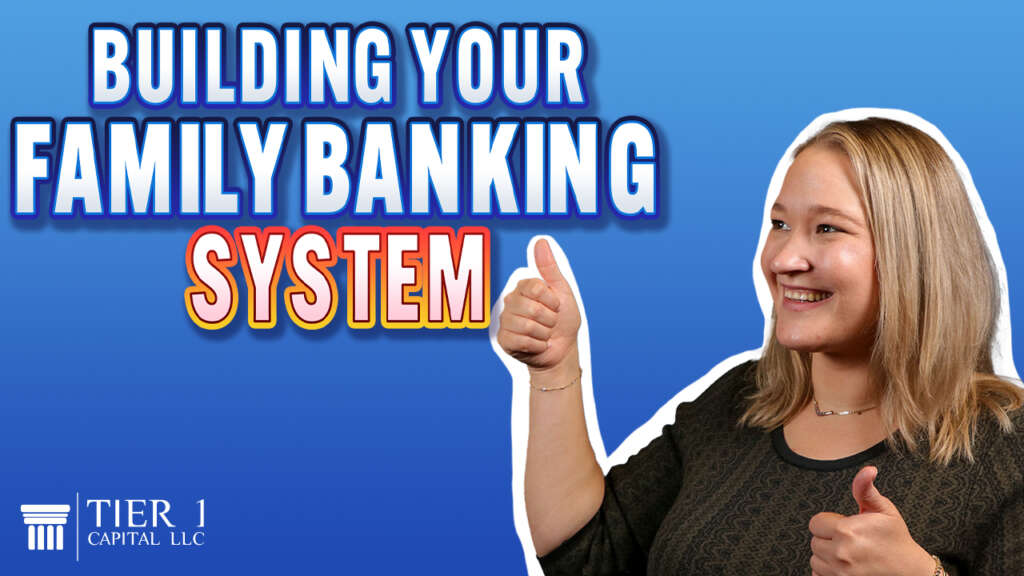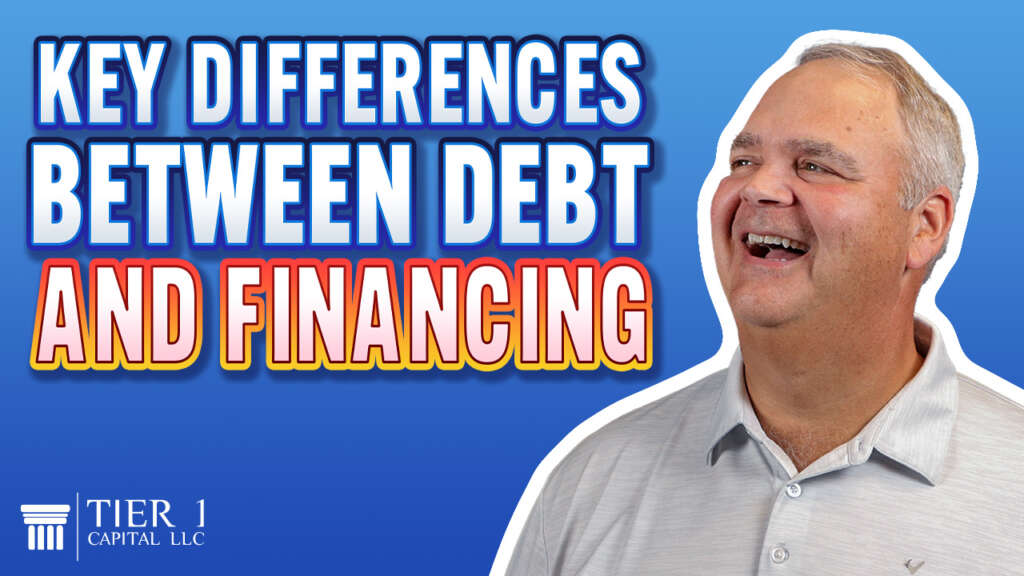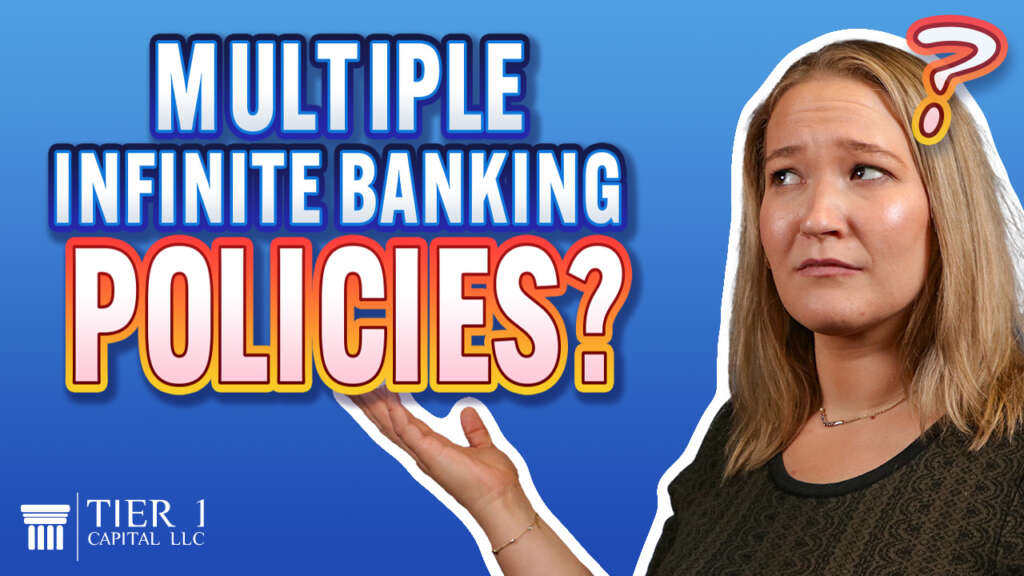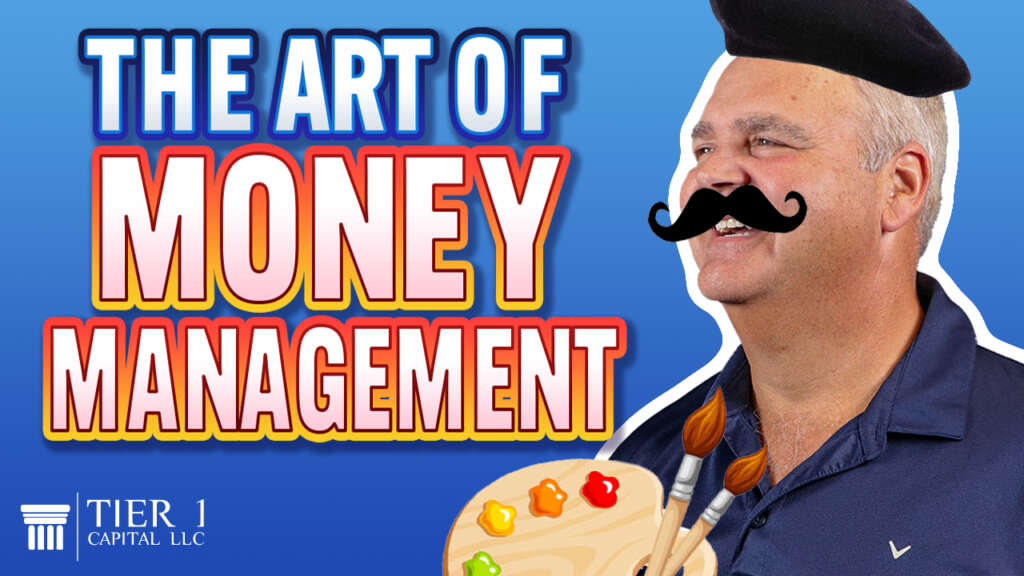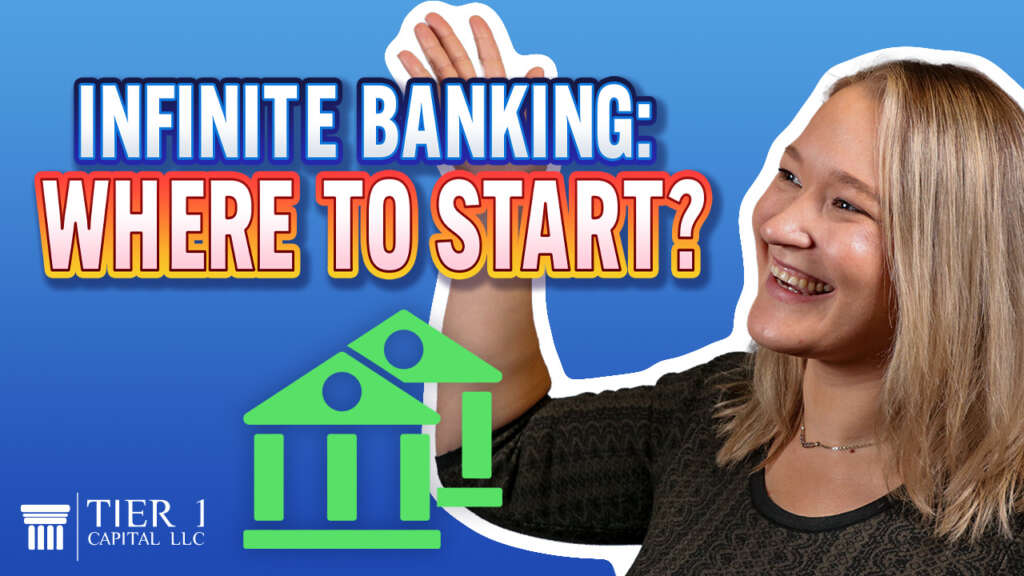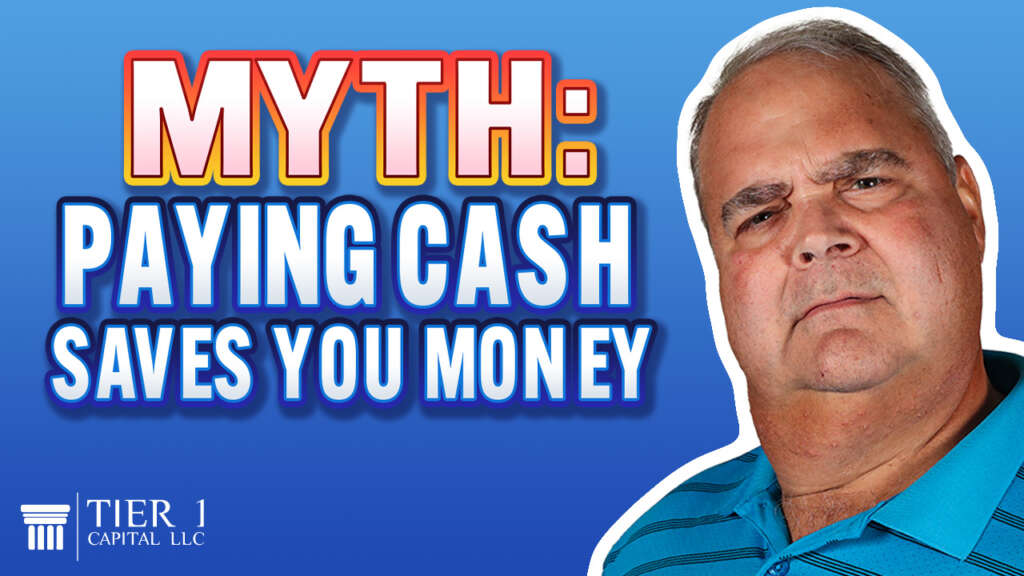
Are you a firm believer in the mantra that “cash is king”? It’s a common adage, deeply ingrained in many of us, advocating for the virtues of paying cash and avoiding debt at all costs. We’re told to clear our mortgages, credit cards, and student loans as swiftly as possible, freeing ourselves from the clutches of external financial burdens. But what if this belief, seemingly prudent on the surface, is actually holding us back?
The financial landscape is complex, and often, the seemingly straightforward advice of paying cash for major expenses needs a closer examination. Yes, there’s merit in reducing debt and not being beholden to lenders. However, the larger financial picture demands a nuanced approach.
We challenge the notion that financial success hinges solely on owning products or being debt-free. The reality is far more intricate. How you use your money and financial tools is what truly determines your long-term wealth accumulation, financial stability, and the legacy you leave for future generations.
Let’s delve deeper into the concept. Paying cash for purchases might seem like a sound strategy to avoid interest payments to financial institutions. However, it’s crucial to recognize the opportunity cost of paying cash – the interest you could have earned on that money if it were strategically invested or utilized differently.
Every financial decision involves a trade-off. By paying cash, you may save on interest paid to lenders, but you’re forfeiting the potential interest you could have gained. This unseen interest, lost unknowingly, could have been a valuable asset for your financial future and that of your heirs.
Our approach focuses on maximizing your financial potential while maintaining flexibility. Financing purchases intelligently, leveraging specially designed whole life insurance policies for cash accumulation, allows you to benefit from the power of compound interest. Instead of depleting your resources with each purchase, you’re continuously growing a pool of money that works for you.
With a structured financial strategy, you can navigate life’s inevitable expenses – whether it’s a vacation, major household purchase, education costs, or unexpected emergencies – without compromising your long-term financial well-being. By understanding the intricacies of interest, borrowing, and wealth accumulation, you can make informed decisions that align with your financial goals.
We’re here to guide you through this financial journey. Our personalized strategies empower you to optimize your cash flow, make strategic purchases, and build a robust financial foundation for yourself and your family.
Don’t just settle for financial security – strive for financial prosperity. Schedule your free strategy session with us today and discover how to make your money work smarter for you.





